
Looking for flowers that don’t just survive—but thrive—in the heat? Some blooms are made for it. These heat-loving flowers bring color, life, and joy to the garden, even during the hottest days of summer.
The trick is choosing the right varieties and planting them at the right time. Many traditional summer flowers struggle in extreme heat, especially in hot climate regions like the low desert.
These are my favorite flowers for hot summers. They are tough, reliable annuals that keep blooming when the temperatures soar. Every photo is from my own Arizona summer garden, and I’ve included tips for growing them successfully, plus planting dates tailored for the low desert of Arizona.
10 Flowers that Love The Heat – and How to Grow Them: #1 Zinnias (Zinnia elegans)

How to plant zinnias
- Plant in full to part sun in soil amended with compost
- Zinnia does best from seed or transplanted into the garden when very young.
- Does not require additional feeding
When to plant zinnias
- Start seeds indoors from February through May for an early start
- Plant from seed or transplant March through June
- Blooms from April to November
Tips for growing zinnias
- Needs regular watering
- Leaves do not like getting wet, they will burn
- Remove spent flowers to encourage production
Good to know
- Easy to grow
- Attracts bees, butterflies, hummingbirds and beneficial insects
- Makes an excellent cut flower
- Try several different varieties
This article gives more information about how to grow zinnias.
10 Flowers that Love Hot Summers – and How to Grow Them: #2 Globe Amaranth (Gomphrena globose)

How to plant globe amaranth
- Plant in full sun to part sun
- Plant globe amaranth from seed or starts
- Space rows 6″-12″ apart
When to plant globe amaranth
- Start indoors from seed from January through May
- Plant transplants from March through the middle of July
- Blooms from April to October
Tips for growing globe amaranth
- Grows well in containers
- Very heat tolerant
- Tolerates full sun, drought, and neglect
Good to know
- Attracts bees, butterflies, hummingbirds, and beneficial insects
- Good for dried arrangements
- Once dried, it remains the same color
This article gives more information about how to grow gomphrena.

The Perpetual Annual Flower Planting Calendar, available in my shop, helps you learn when to plant flowers in the low desert of Arizona and whether to plant seeds or transplants.
10 Flowers that Love Summer Heat – and How to Grow Them: #3 Vinca (Periwinkle)

How to plant vinca
- Plant in areas with full sun to shade
- Space plants 12″-15″ apart
- Vinca is typically planted from transplant
When to plant vinca
- Start seeds indoors from January through May
- Plant transplants outside from March through July
- Blooms from April through October
Tips for growing vinca
- Pinch blooms for fuller plants
- Needs regular water
- If plant dries out, water it well and it may recover
Good to know
- Reseeds easily
- Plant trailing varieties in containers
- Abundant blooms
- Tolerates neglect
10 Flowers that Don’t Mind the Heat – and How to Grow Them: #4 Sunflowers

How to plant sunflowers
- Space small blooms 6″ apart, the largest blooms need 3′
- Likes full sun
- Sow sunflower seeds directly into soil
When to plant sunflowers
Tips for growing sunflowers
- Tolerates poor soil, but better soil = better blooms
- Smaller-size blooms can be grown in containers
- Look for branching varieties and single-stem varieties
Good to know
- Makes a great trellis for other plants
- Attracts birds and other wildlife
- Edible seeds
- Excellent cut flower
This article gives more information about growing sunflowers.
10 Flowers that Love Hot Summers – and How to Grow Them: #5 Lisianthus

How to plant lisianthus
- Buy transplants or plugs; seeds can be very difficult.
- Likes full sun; afternoon shade ok in hot climates
When to plant lisianthus
- In the low desert of Arizona, plant lisianthus from January through March
- Flowers from May through November
Tips for growing lisianthus
- Tall plants may need support
- After the first flush of blooms, cut the stems back all the way to the rosette.
- Planting it early in the season gives lisianthus plenty of time to become established before the heat of the summer in hot climate areas.
Good to know
- Lisianthus prefers moist but not soggy soil.
- Lisianthus benefits from rich soil and regular feeding from a flower fertilizer.
- Shorter varieties can be grown in containers
This article gives more information about growing lisianthus.
10 Flowers that Can Take the Heat – and How to Grow Them: #6 Blue Salvia
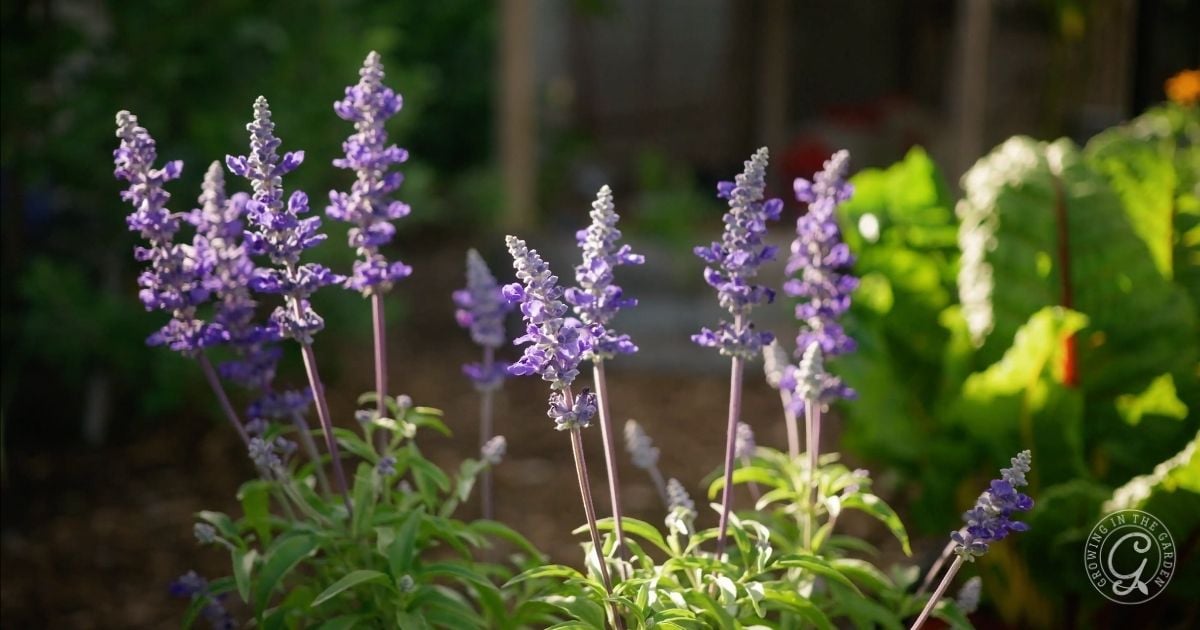
How to plant blue salvia
- Plant in flower beds and containers, and along borders
- Plant from transplants
When to plant blue salvia
- Start seeds indoors from August through September and January through March
- Plant transplants in September and October and again from March to May
- Blooms from April through December
Tips for growing blue salvia
- Let blue salvia dry out between waterings
- Cut back spent blooms to encourage more blooms
Good to know
- Drought tolerant
- Blooms all summer long
- Attracts butterflies and hummingbirds
- Reseeds easily
- Dies back in frost but often returns – cut back in spring
10 Flowers that Love Summer Heat – and How to Grow Them: #7 Red Salvia

How to plant red salvia
- Red Salvia prefers afternoon shade in the heat of the summer
- Plant in flower beds and containers, and along borders
- Plant from transplants
When to plant red salvia
- Start seeds indoors from August through September and January through March
- Plant transplants in September and October and again from March to May
- Blooms from April through December
Tips for growing red salvia
- Let red salvia dry out a little between waterings
- Cut back spent blooms to encourage branching and more blooms
Good to know
- Drought tolerant
- Blooms all summer long
- Attracts butterflies and hummingbirds
- Reseeds easily
- Dies back in frost but often returns – cut back in spring
10 Flowers that Don’t Mind the Heat – and How to Grow Them: #8 Black-Eyed Susan (Rudbeckia)
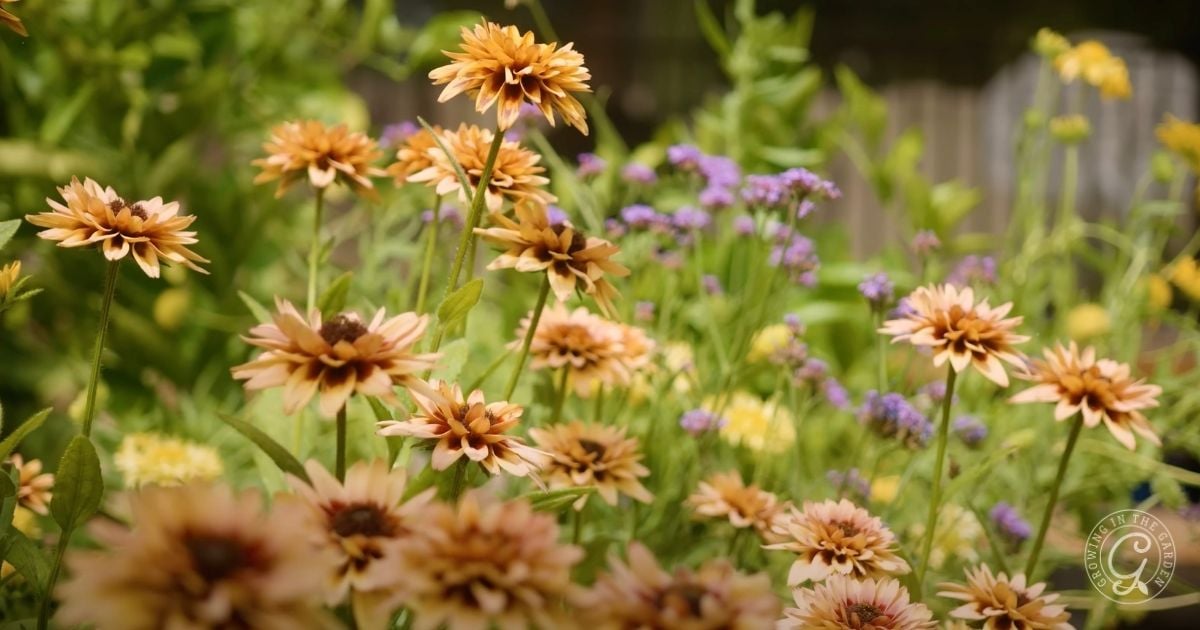
How to plant rudbeckia
- Prefers afternoon shade
- Blooms all summer long
- Attracts butterflies and hummingbirds
- Reseeds easily
- Dies back in the frost but often returns – cut back in spring
When to plant rudbeckia
- Start seeds indoors from August through January
- Plant seeds or transplants outside from October through March
- Blooms June through October
Tips for growing rudbeckia
- Deadhead often during the season to encourage blooms
- Leave blooms on the plant and the end of the season to reseed – or remove spent blooms if you don’t want the plant to spread
- Shorter varieties grow well in containers
Good to know
- avoid overhead watering to prevent mildew
- thin seedlings to about a foot apart
This article gives more information about how to grow rudbeckia.
10 Flowers that Love Summer Heat – and How to Grow Them: #9 Angelonia (Summer Snapdragon)

How to plant angelonia
- Typically planted from transplant
- Prefers hot, sunny summer locations
- Likes moist, well-drained soil
- Plant in flowerbeds, borders, and containers
- Allow 1′-2′ between plants
When to plant angelonia
- Plant transplants after the danger of frost has passed (March – July)
- Blooms all summer long
- Possible to grow year-round
Tips for growing angelonia
- Grows well in containers
- Likes occasional feedings with an all-purpose fertilizer
- Cut back dead or dying stems to encourage blooms
- Cover if there is a danger of frost
Good to know
- Tolerates brief dry spells
- Flowers all summer long
- Attracts butterflies and bees
- Low-maintenance
- It comes in several colors
- It can be grown from seeds or cuttings
10 Flowers that Love Desert Heat – and How to Grow Them: #10 Four O’Clocks

How to plant four o’clocks
- Does best started from seed
- Tolerates full sun, also grows in partial shade
- Excellent border flower, and in containers
When to plant four o’clocks
Tips for growing four o’clocks
- Feeding throughout the growing season will encourage more blooms, but isn’t necessary
- Reseeds easily and comes back year after year
- Collect and save seeds
Good to know
- May attract squash bugs
- All parts of the plant (including seeds) are toxic
This article shares more information about how to grow four o’clocks.
Looking for more ideas? Other hot weather-tolerant bloomers include:
Summer Balsam, Basil, Begonia, Celosia, Coleus, Coreopsis, Cosmos, Dahlias, Desert Marigold, Desert Milkweed, Gaillardia, Impatiens, Mexican Hat, Portulaca, Purslane, Sage, Statice, Strawflower, Tithonia (Mexican Sunflower), Verbena, Wild Hyssop
Are you ready to plant summer flowers? Check out what to plant in June in Arizona, including heat-tolerant flowers for more ideas.
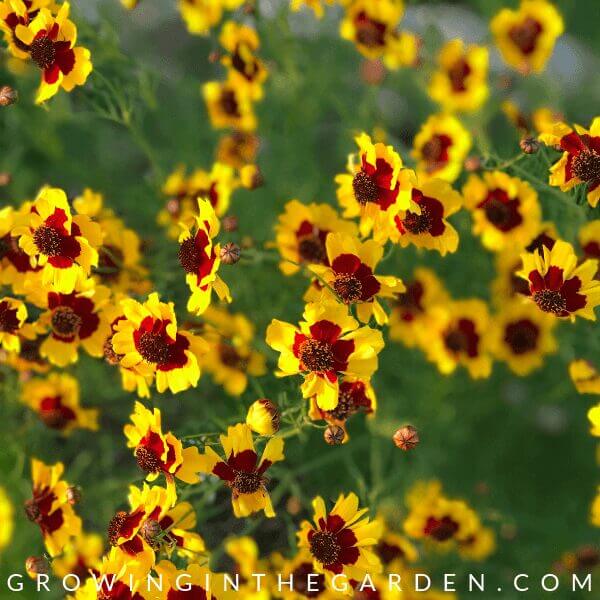

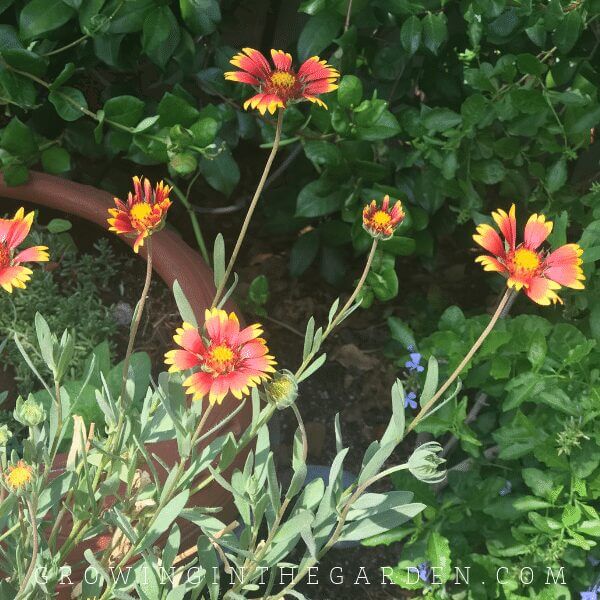
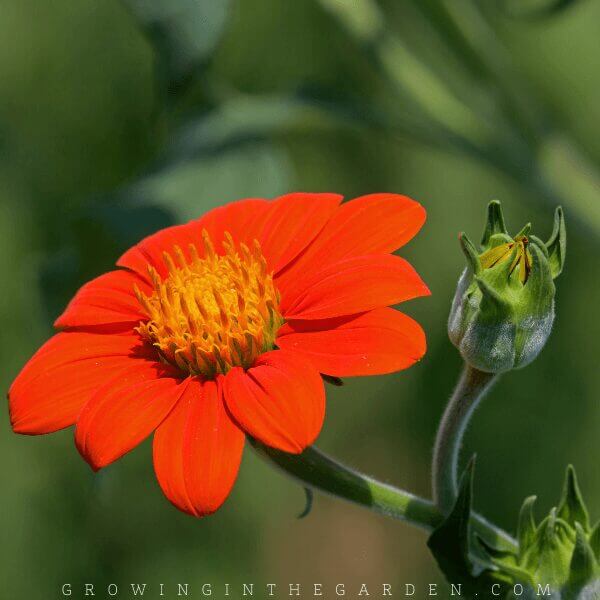



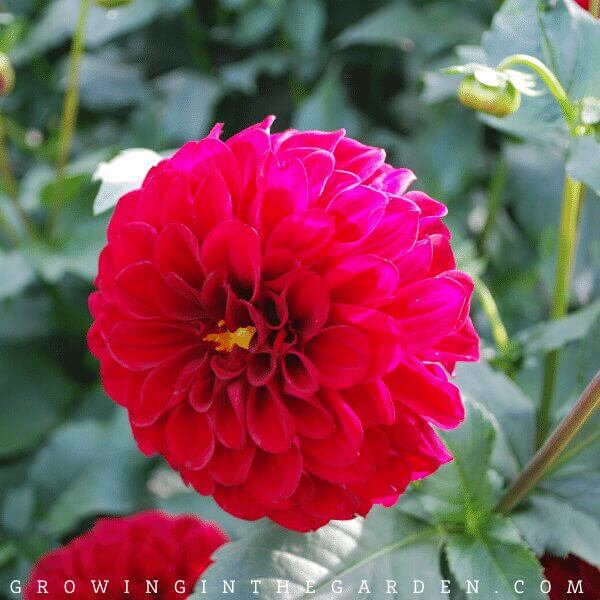
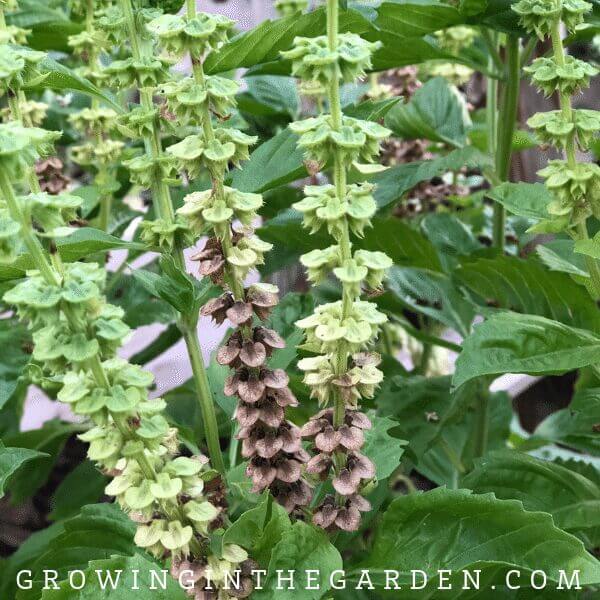

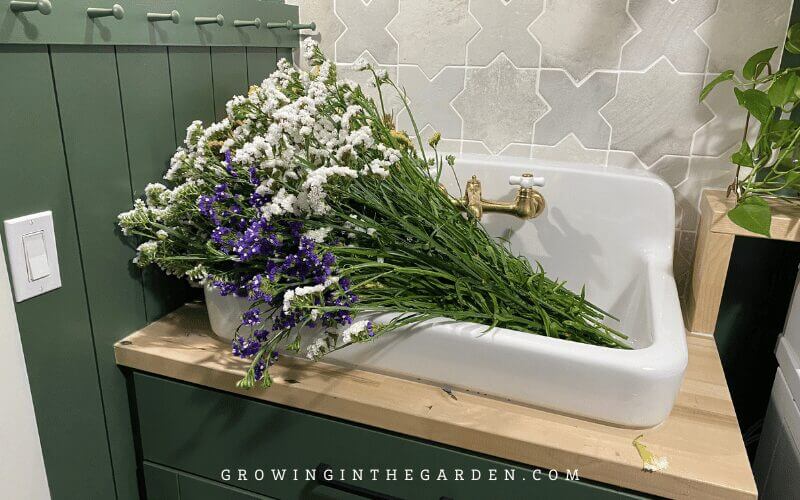

Arizona annual flowers planting guide helps you learn when to plant flowers in Arizona, and whether to plant seeds or transplants.
If you enjoyed this post about flowers that grow well during hot summers, please share it.
The post 10 Heat Loving Flowers That Thrive in Hot Summers appeared first on Growing In The Garden.